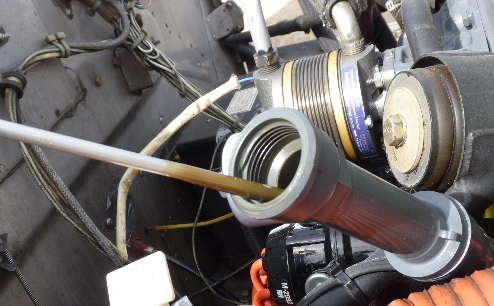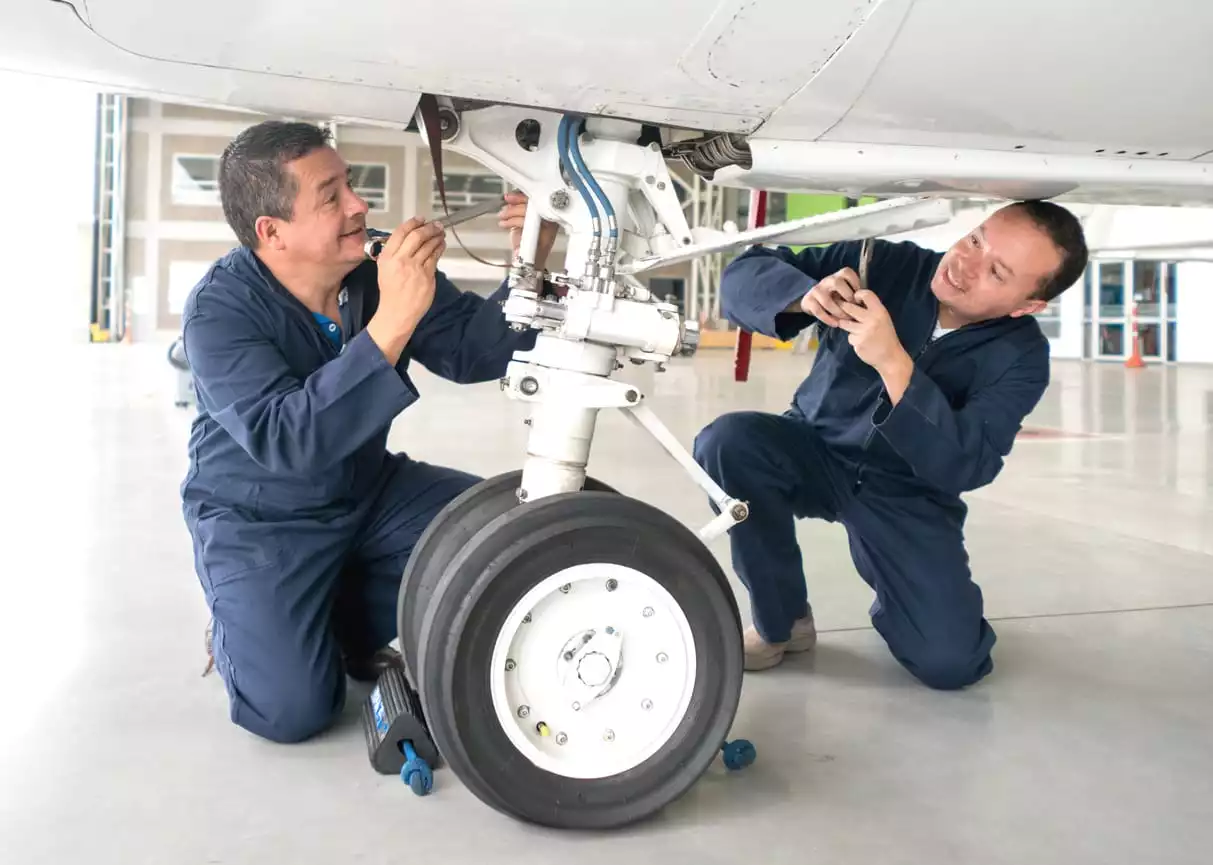Electronics have become so popular that it is hard to find anyone who doesn’t own at least one laptop, tablet, or gaming device. You can notice how prevalent electronics have become whenever you are at an airport and see almost everyone on some form of electronic device. Terrorists have noticed also and are using this information to smuggle improvised explosive devices (IEDs) into airports by concealing them in electronic devices. Before, they were trying to smuggle IEDs in their shoes or on their body until the Transportation Security Administration (TSA) started to require passengers to remove their shoes and to pass through a full-body scanner. Since this was no longer an option to terrorists, they looked towards electronics which had the potential to pass through security without being detected. These IEDs would then be on the person while boarding the plane, thus causing disastrous outcomes.
TSA became aware of the situation and implemented new
mitigation strategies for their checkpoint layer of security. These strategies
included implementing testing teams to figure out areas of weakness in detection.
Their solution was to require enhanced screening at certain overseas airports where
terrorists were more likely to get on a flight that was bound for the United
States, while also increasing the amount of random checks for passengers and
carry-on baggage (Transportation, n.d.). In addition to the increased overseas checks,
TSA adopted new procedures in the United States for carry-on baggage. In 2017, passengers
were required to place all electronics that are larger than a cellphone in a separate
bin for x-ray screenings (Transportation, n.d.). The increased strategies for
the checkpoint layer of security can minimize IEDs slipping through, since this
is the last line of defense inside of an airport before people are able to
board a plane.
The issue with TSA’s mitigation strategies for IEDs hidden
in electronics though, is that it only centers around the checkpoint layer of
security. IEDs shouldn’t be found while going through the checkpoint after already
entering the airport, and so there should be a larger focus on the canine level
of security outside the airport entrance and inside the airport lobby. Canines can
detect the explosives and allow for an increase in security before even getting
to the checkpoint. The odds of finding IEDs are increased and the risk of one
slipping past is minimized at the checkpoint.
(Word count: 392)
References
Transportation Security Administration. (2017). Inside Look: TSA Layers of Security. Retrieved July 29, 2022, from https://www.tsa.gov/blog/2017/08/01/inside-look-tsa- layers-security.
Transportation Security Administration. (n.d.). Transportation
Security Timeline. Retrieved July 29, 2022, from
https://www.tsa.gov/timeline.







